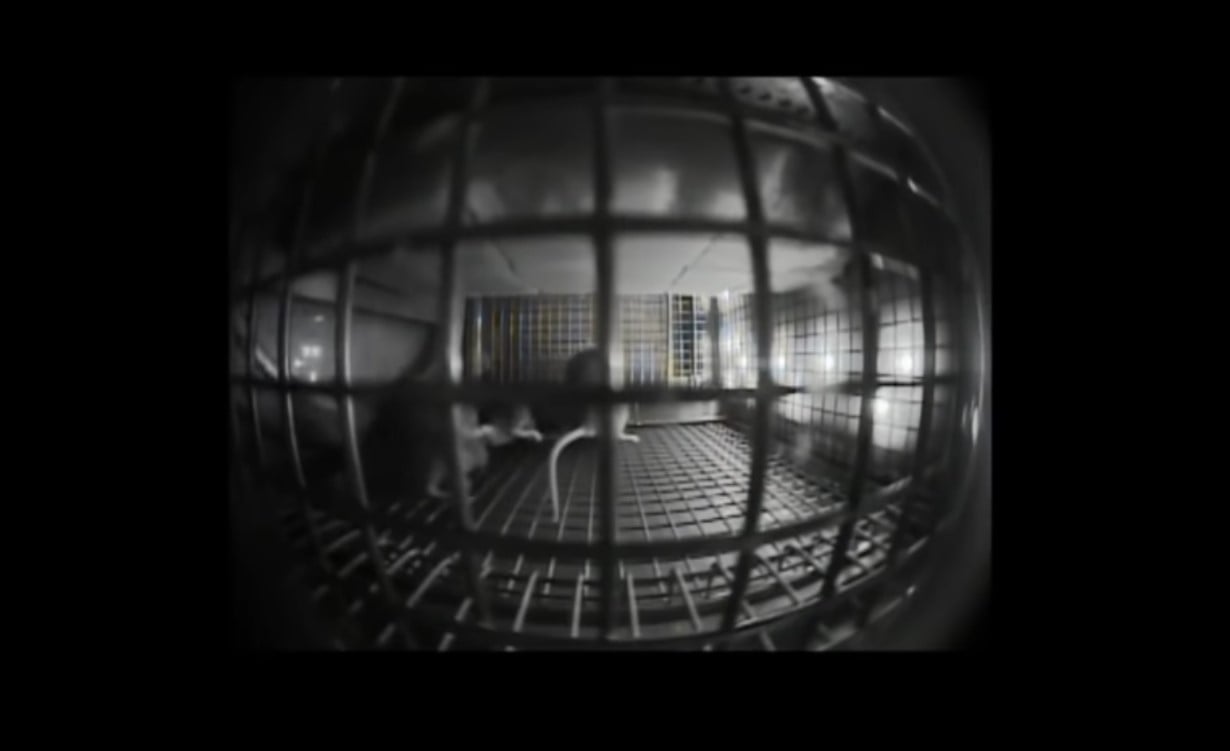NASA is studying mice on the International Space Station and how microgravity impacts them. The space agency wanted to learn how quickly mice on the ISS adapted to the drastic changes in space. Fortunately, they adapted to microgravity quickly.
The mice on the International Space Station aren’t experiencing harsh life conditions while on the ISS. The rodents are exposed to the same house life they had before going to space. They are being fed properly, groomed and cared for while they interact with other mice on the ISS.
While in space, the mice successfully adapted to the new conditions and even learned how to propel themselves through zero gravity conditions. The findings of these experiments were published by NASA’s Ames Research Center in the journal Scientific Reports.
Researchers conducted an extensive behavioral analysis which shows how animals adapt to the new environment they are exposed to. The study shows changes in physical activity, feeding, drinking and social interactions through other experimental measures. The behavioral study also shows the response of mouse physiology in space during extended missions. It also highlights notable similarities to the response of the astronaut crew when exposed to the space environment.
“Behavior is a remarkable representation of the biology of the whole organism,” NASA researcher and lead author April Ronca said in a statement. “It informs us about overall health and brain function.”
NASA started its research in 2014 by sending 20 mice to live in its Rodent Habitat as part of the Rodent Research Mission. The female mice aged between 16 and 32 weeks were sent to space and spent 37 days in microgravity. It’s a pretty long time in space, given the typical rodent lifespan. According to NASA, most rodents expressed normal behavior and were found to be in excellent health at the end of the study.
An accompanying video shows the mice on the International Space Station already started showing signs of adaption on the second day in orbit. They used locomotion similar to hindlimbing while also using their momentum to float in space. One week later, researchers found that the younger rodents were more physically active than the older ones. On the eleventh day, the mice were already chasing each other from one side of the habitat to the another, revealing the floating movements which showed they readily accepted the weightlessness in space.
“The rodents quickly adapted to their new weightless circumstances, for example by anchoring themselves to the habitat walls with their hindlimbs or tails and stretching out their bodies. This pose was similar to mice on Earth standing up on their back legs to explore their environment,” according to NASA.
“Our behavioral study shows that the NASA Rodent Hardware System provides the capability to conduct meaningful long-duration biological research studies on the International Space Station,” Ronca said. “Experiments conducted in the habitat can focus on how mouse physiology responds to the spaceflight environment during extended missions and on similarities in response to astronaut crew.”





